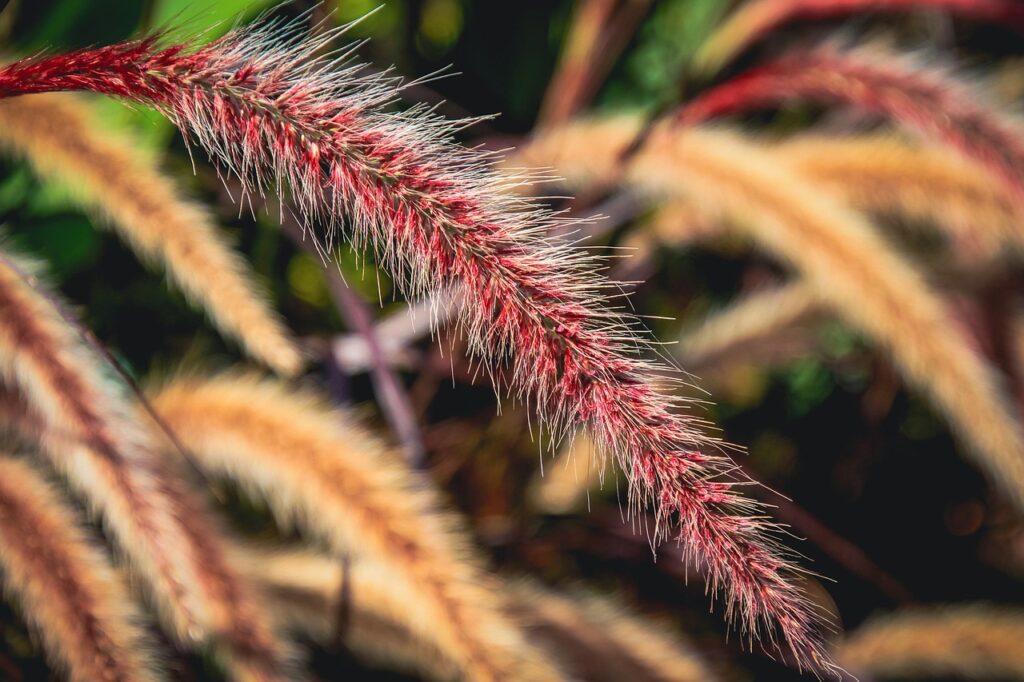
Now that the cold weather is upon us and your livestock are consuming larger amounts
of hay, are you aware of the “curse of foxtail”?
Foxtail is a summer annual grass, which means it grows from seed in the spring and
dies in the fall. Unfortunately, it is fast growing, hard to control and resilient! Foxtails
readily grow and are opportunistic colonizers of bare spaces. They will creep into your
pastures, your hayfields, soybean fields, lawns and field edges where there is an
opportunity. It drops hundreds of seeds which makes it possible for it to come back
year after year. The problem is that within each seed head are barbed little “awns”.
These awns are stiff, spiky fibers that can readily get bundled in you hay at harvest
time.
The foxtails are infamous for seeds that get caught in the gums of livestock which leads
to animals rejecting feed and possibly getting infections in the mouth. When animals
eat the contaminated hay, the awns can lodge in the mouth and gums, working their
way through the tissue, causing lesions, infections and pain.
The name “foxtail”, describes the plant’s characteristic shape. It looks very similar to a
fox’s tail. The mature plant produces a graceful, curved seed head in the summer, very
much a look-alike for timothy grass.
As a livestock owner, your only protection against these awns is to inspect your hay
carefully and closely. Consider the impact of your animal ingesting foxtail infested hay
and the associated veterinary cost that could very possibly be coming your way. Foxtail
infested hay is more common in round bales, basically because that hay is more difficult
to inspect.
As a hay producer, you must mow the hayfield before it goes to seed or apply the
correct herbicides. Farmers that grow and harvest their own hay MUST check the
fields! Managing foxtail is really part of a broader strategy of managing a pasture or
hayfield. It’s important to take stock of the plant species in your fields and make
adjustments accordingly. Foxtail is probably a game-changer for most managers if it
gets established because it will be hard to sell and use your hay. It is also more
prevalent after a very wet growing season, when the hay crop is in the field longer and
becomes more mature than the farmer would like. Just don’t let those cool nights and
pleasant warm days in the spring and summer lead you to thinking you can accomplish
just about anything, like “easily” eliminating foxtail!